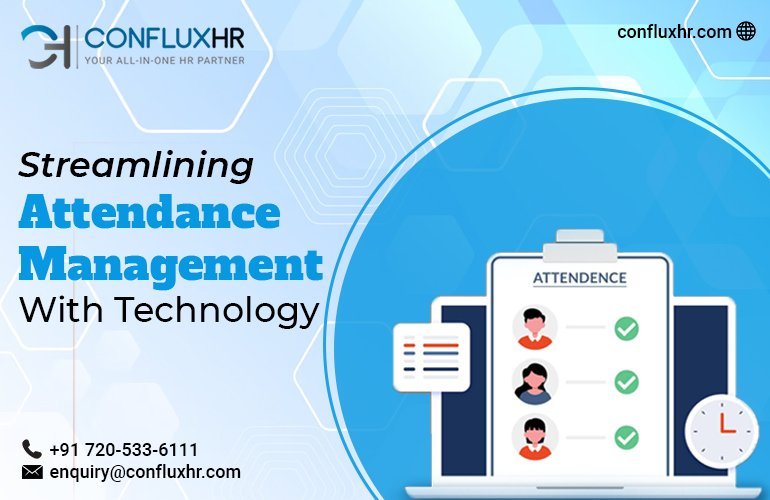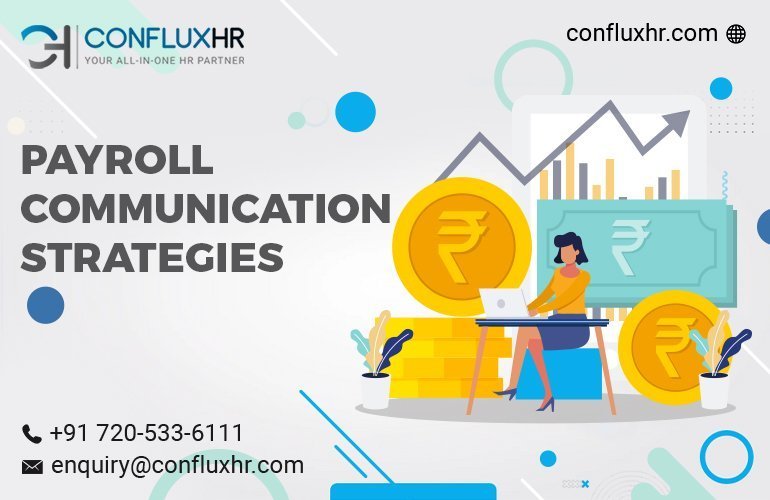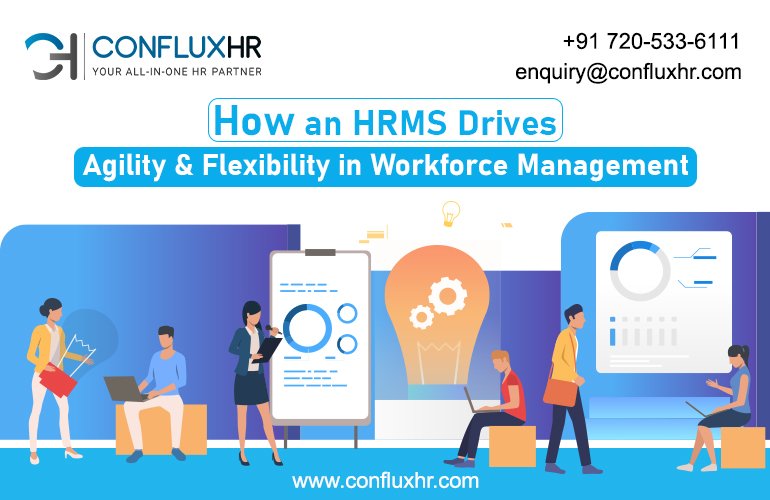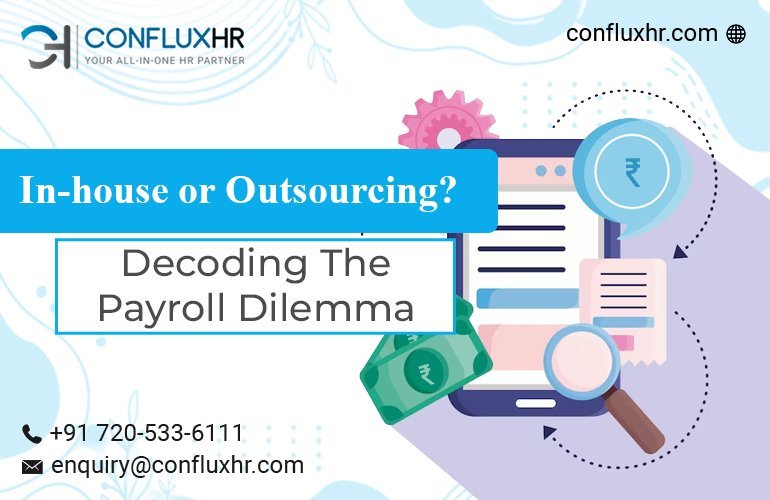In today’s fast-paced and ever-evolving business landscape, organizations face the constant challenge of adapting to change. The ability to navigate and embrace change is crucial for businesses to thrive and remain competitive. That’s where a change-ready workforce can play its part.
Building a change-ready workforce is a strategic imperative, and it starts with cultivating a culture of continuous learning and adaptation. In this blog, we will explore the importance of creating a change-ready workforce and provide practical insights on how to foster a culture that embraces continuous learning and adaptation.
Why Build a Change-ready Workforce?
Having a change-ready workforce offers several benefits:
- Agility: A change-ready workforce can quickly adapt to new circumstances, allowing organizations to respond promptly to market changes, industry trends, and customer demands. This agility enables businesses to stay ahead of the competition.
- Resilience: Change can be disruptive and challenging, but a change-ready workforce is resilient and can navigate through uncertainties with confidence. Resilient employees can handle setbacks, learn from failures, and bounce back stronger.
- Innovation and Creativity: A culture of continuous learning and adaptation fosters innovation and creativity within the workforce. When employees are encouraged to explore new ideas and embrace change, they become catalysts for innovation, driving business growth.
The Role of Leadership in Driving Change
Leadership plays a critical role in fostering a culture of continuous learning and adaptation within an organization. Effective leaders can inspire and motivate employees to embrace change and lead by example. Some key aspects of leadership in driving change include:
- Vision and Direction: Leaders need to provide a clear vision and direction for the organization, communicating the importance of continuous learning and adaptation. This vision guides employees in embracing change and aligns their efforts towards organizational goals.
- Communication and Engagement: Leaders must effectively communicate the need for change, providing clarity and transparency throughout the process. They should engage employees by involving them in decision-making, seeking their input, and addressing their concerns.
- Empowerment and Support: Effective leaders empower employees by providing them with the resources, tools, and autonomy to adapt and innovate. They support employees through change, offering coaching, mentorship, and recognizing their efforts.
- Leading by Example: Leaders should embody the qualities of a change-ready workforce by demonstrating their willingness to learn, adapt, and embrace change. When leaders lead by example, employees are more likely to follow suit.
Establishing a Learning Culture for a Change-ready Workforce
Creating a learning culture is vital for building a change-ready workforce. A learning culture values continuous improvement, encourages innovation, and supports employees in their professional development. Here are strategies for establishing a learning culture:
- Provide Learning Opportunities: Offer various avenues for ongoing professional development, such as training programs, workshops, webinars, and conferences. Encourage employees to expand their knowledge and acquire new skills relevant to their roles.
- Foster Mentorship and Coaching: Encourage experienced employees to mentor and coach their colleagues, facilitating knowledge transfer and skill development. Mentorship programs can help nurture talent and promote a learning mindset.
- Learning Resources: Make learning resources easily accessible to employees, such as online courses, e-books, industry publications, and learning platforms. Provide a centralized repository of knowledge that employees can refer to whenever needed.
- Recognition and Rewards: Recognize and reward employees who demonstrate a commitment to continuous learning and adaptation. Celebrate their achievements, share success stories, and create a culture that values and encourages learning.
Embracing Change Management Practices
Effective change management practices are vital for facilitating smooth transitions during periods of change. Here’s why change management is important and how to embrace it:
- Communication and Transparency: Effective change management involves clear and transparent communication. Share the reasons for change, the expected outcomes, and how it aligns with the organization’s goals. Keep employees informed throughout the change process to reduce uncertainties and build trust.
- Employee Engagement: Engage employees in the change process by involving them in decision-making and seeking their input. Actively listen to their concerns, address their questions, and provide opportunities for them to contribute their ideas.
- Training and Development: Provide training and development programs to equip employees with the skills and knowledge needed to adapt to new processes, technologies, or ways of working. Offer support resources and ensure employees have the necessary tools to navigate change effectively.
- Change Champions: Identify change champions within the organization who can support and influence their colleagues. These individuals can act as advocates for change, helping to drive adoption and inspire others to embrace change.
The Bottom Line
Creating a change-ready workforce is an ongoing journey that requires commitment and effort from leadership and employees alike. By building a culture of continuous learning and adaptation, organizations can position themselves for success in an ever-changing business landscape. By embracing change, fostering collaboration, and empowering employees, organizations can build a workforce that is agile, resilient, and ready to seize new opportunities. Start cultivating a change-ready workforce today and propel your organization towards a more prosperous and sustainable future.











